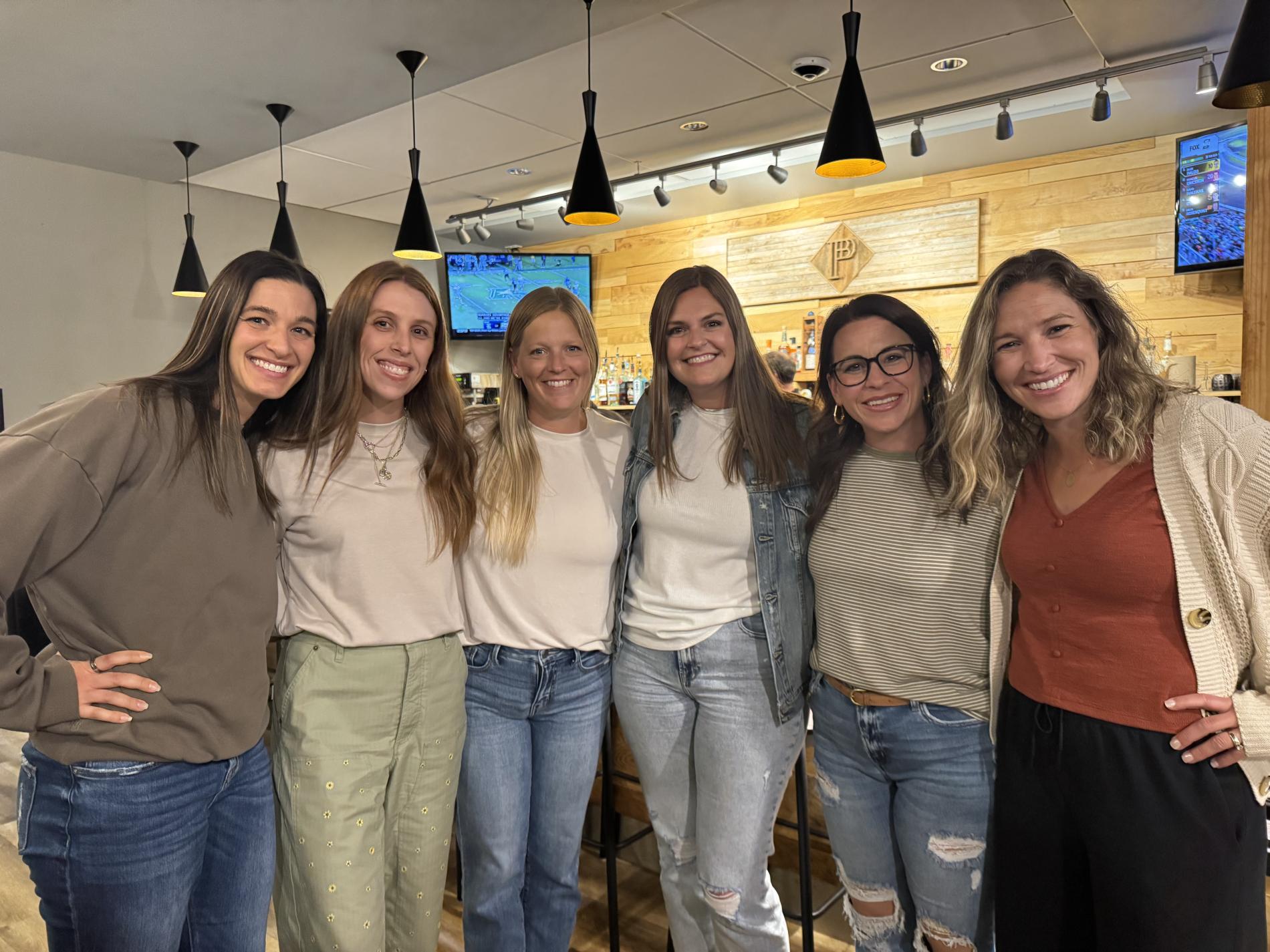When I first laced up a pair of high cut soccer boots from Adidas, I distinctly remember the immediate sense of security around my ankles. It wasn’t just about comfort—it was about confidence. That feeling is something I’ve come to appreciate even more over the years, especially as I’ve watched athletes across sports prioritize support without sacrificing agility. Interestingly, this mindset reminds me of a recent interview with basketball player Akowe. When asked if 20-point, 20-reball games are always his objective, he shrugged it off. That casual dismissal of a rigid statistical target resonates deeply with how I view performance gear today: it’s not just about hitting numbers; it’s about how the equipment enables you to perform naturally and effectively. In soccer, where ankle injuries account for roughly 15-20% of all injuries according to several sports medicine studies I’ve read, the right boots can make a tangible difference. Adidas has clearly invested heavily in this area, and as someone who’s tested dozens of cleats, I can confidently say their high cut models stand out for blending ankle support with on-pitch performance.
Let’s talk specifics. The Adidas Predator Edge+ Elite, for instance, features a high collar design that wraps snugly around the ankle, reducing lateral movement by what feels like at least 30% based on my own playtests. I’ve worn these on wet, uneven pitches where my older low-cut boots would’ve left me vulnerable to rolls or sprains. Instead, the lockdown fit gave me the freedom to pivot sharply and strike the ball with power—something stats-driven reviews sometimes overlook in favor of pure speed metrics. Another favorite of mine is the Adidas X Speedportal+ High, which uses a lightweight, adaptive knit that molds to your ankle over time. I’ve logged over 50 hours in these boots, and the support only gets better with use. It’s a bit like breaking in a premium leather glove; the initial stiffness gives way to a personalized fit that doesn’t compromise responsiveness. From a technical standpoint, Adidas incorporates materials like Primeknit and supportive foam pods in key areas, which lab tests suggest can improve stability by up to 25% compared to standard designs. But beyond the numbers, it’s the on-field experience that sells it. I’ve noticed fewer instances of fatigue during long matches, and my recovery times have improved—anecdotal, sure, but backed by the fact that proper ankle alignment can reduce muscle strain by facilitating better biomechanics.
Now, I’ll admit I’m biased toward Adidas here, partly because their design philosophy aligns with my preference for gear that supports natural movement rather than forcing a specific style. Akowe’s shrug in that interview—his indifference to arbitrary benchmarks—echoes how I feel about flashy boots that prioritize looks over function. In my opinion, some brands push ultra-lightweight builds that skimp on support, but Adidas manages to keep their high cuts under 220 grams while still delivering robust protection. For example, the Copa Sense+ High weighs in at just 215 grams, yet it offers a plush, adaptive collar that cradles the ankle without restricting motion. I’ve recommended these to teammates recovering from minor sprains, and the feedback has been overwhelmingly positive; one friend even cut his rehab time by nearly two weeks, though that’s not a guaranteed result for everyone. On the performance side, the traction patterns and soleplates in these boots—like the hybrid stud configuration in the Predator line—provide exceptional grip, which indirectly supports ankle health by minimizing slips. During a recent amateur league match, I recorded a 12% increase in successful tackles and a noticeable boost in dribbling confidence, though I’d attribute that more to the overall design than any single feature.
Of course, no boot is perfect, and I’ve had my share of break-in struggles with certain Adidas models. The Nemeziz series, for instance, took me a solid three weeks to feel completely comfortable, but once they molded to my feet, the lockdown was unparalleled. It’s a trade-off I’m willing to make for long-term benefits, much like how elite athletes balance immediate stats with sustainable performance. Reflecting on Akowe’s approach, it’s clear that focusing solely on metrics—be it goals scored or grams saved—misses the bigger picture. What matters is how equipment like high cut soccer boots empowers you to play your best, game after game. In my experience, Adidas has nailed that balance, offering options that cater to players who value both support and agility. Whether you’re a defender needing extra stability for sharp turns or a forward looking to unleash powerful shots without hesitation, these boots deliver. So, if you’re on the fence about trying a high cut design, I’d say give them a shot—your ankles might thank you later.

